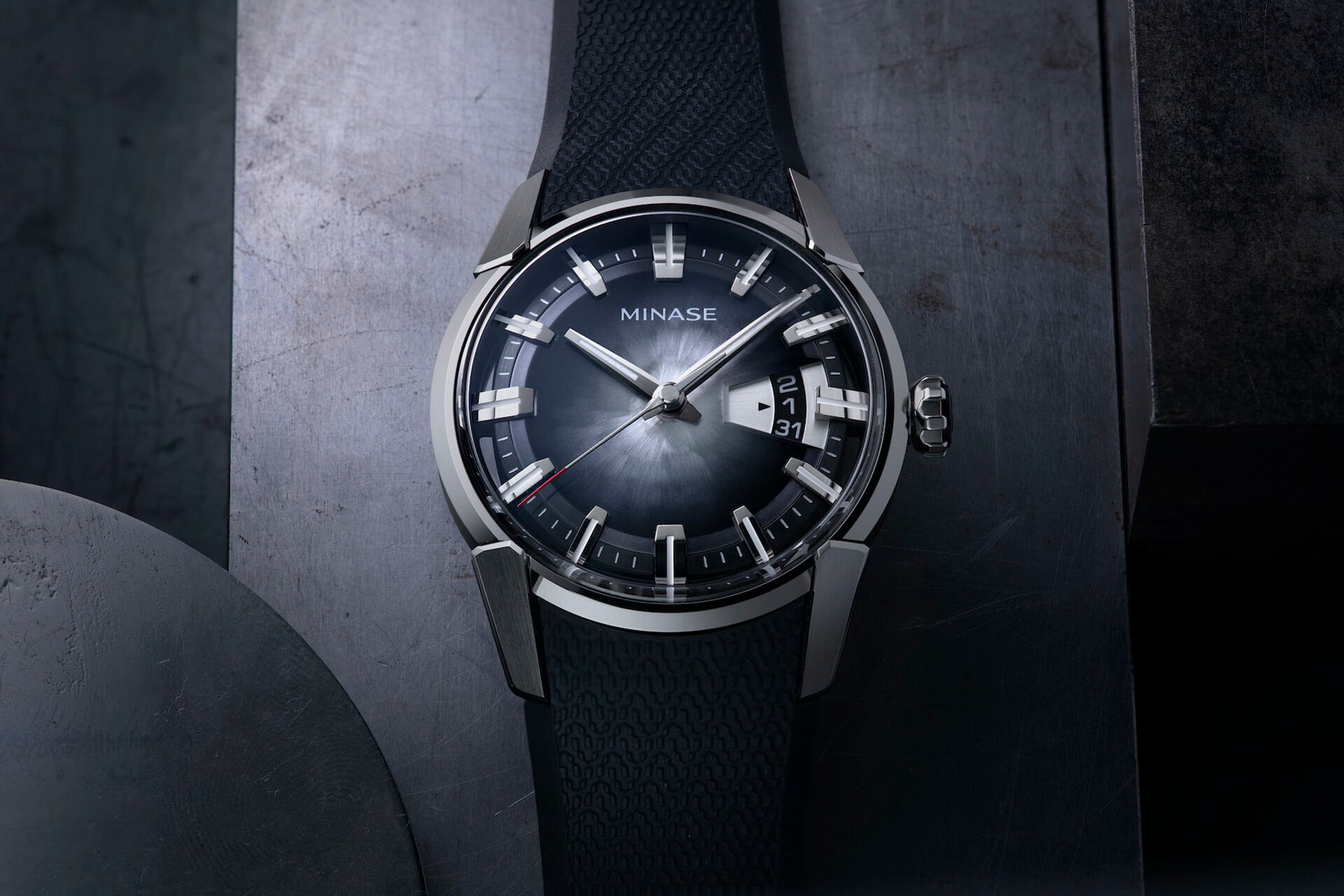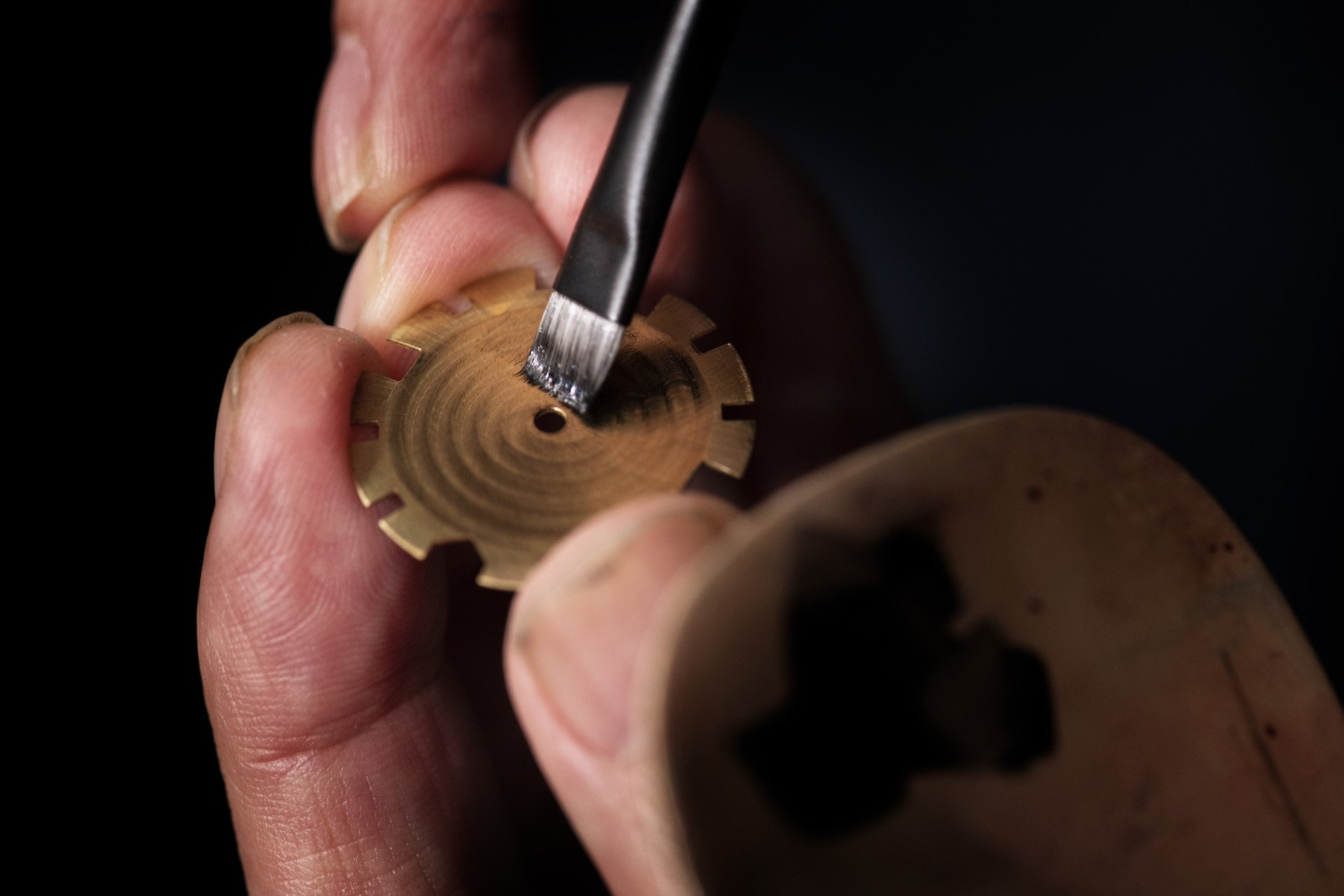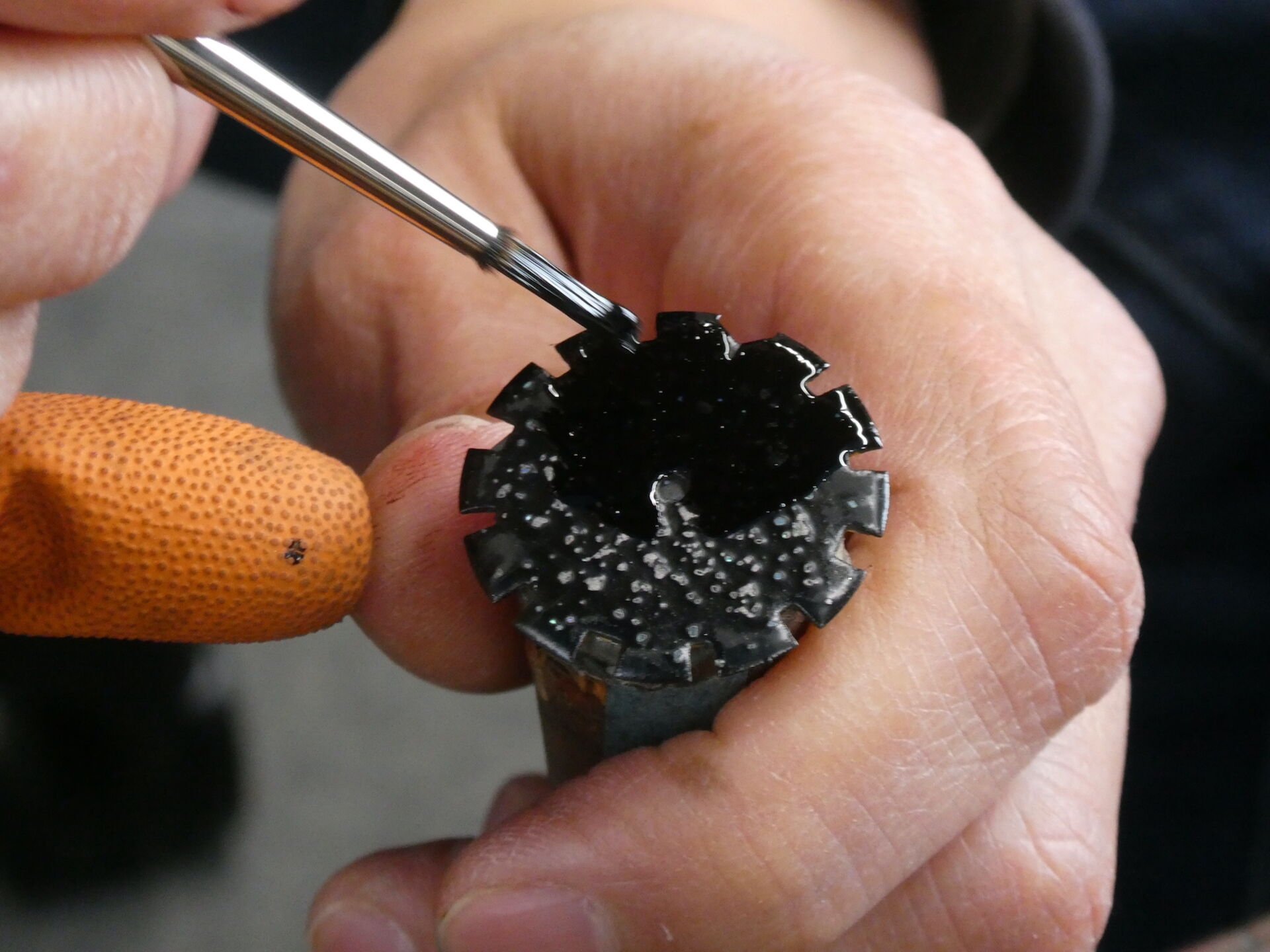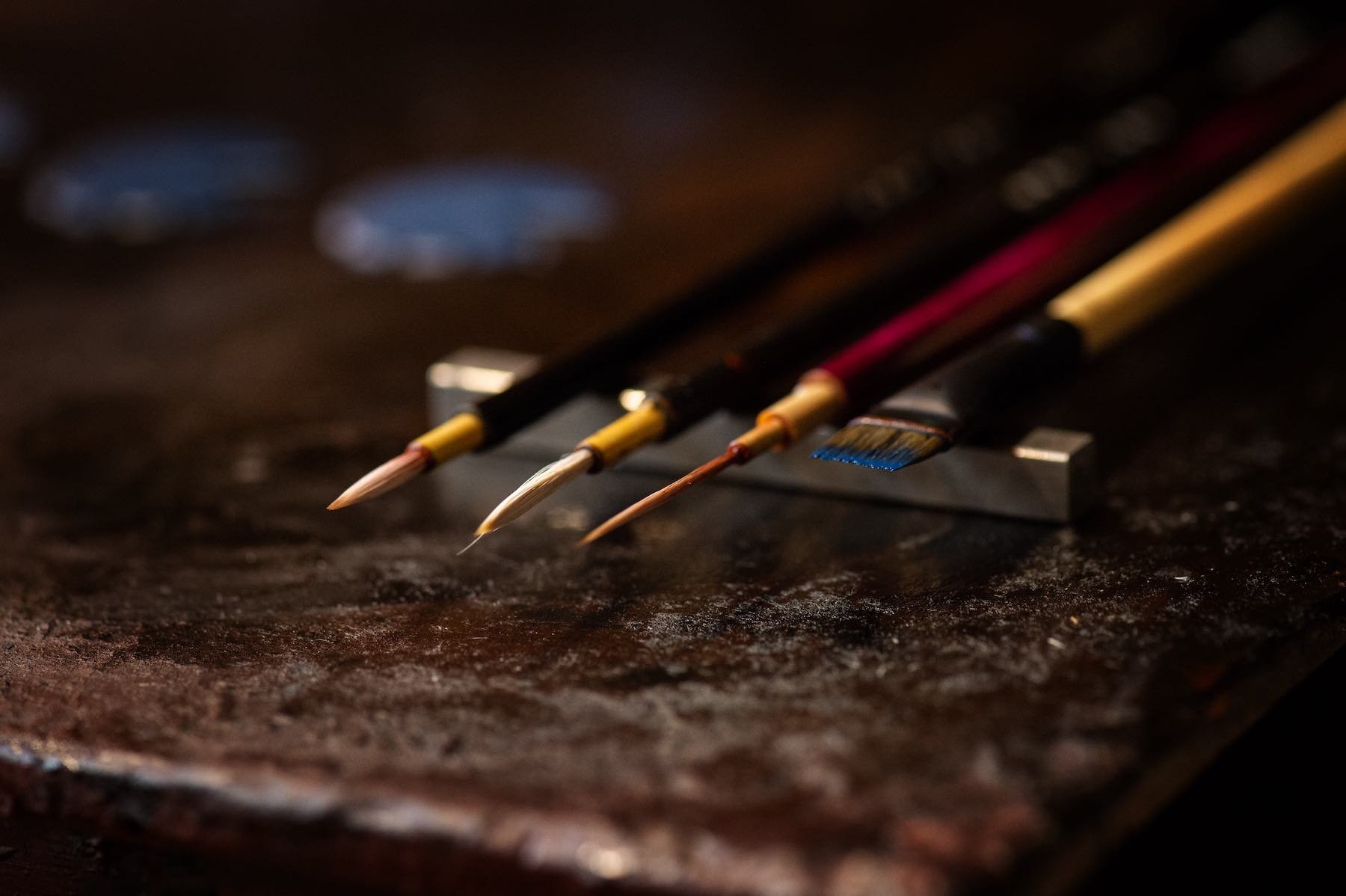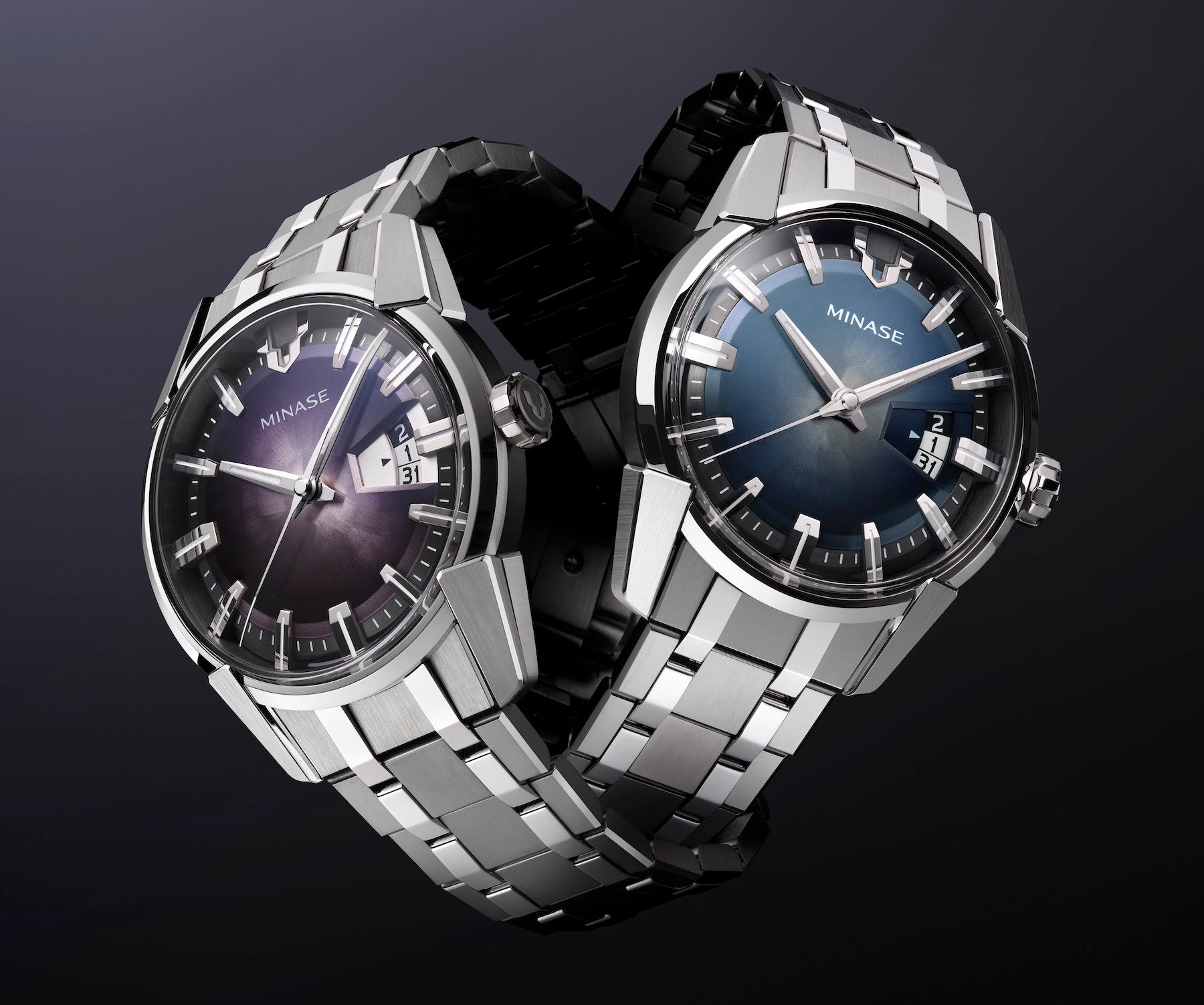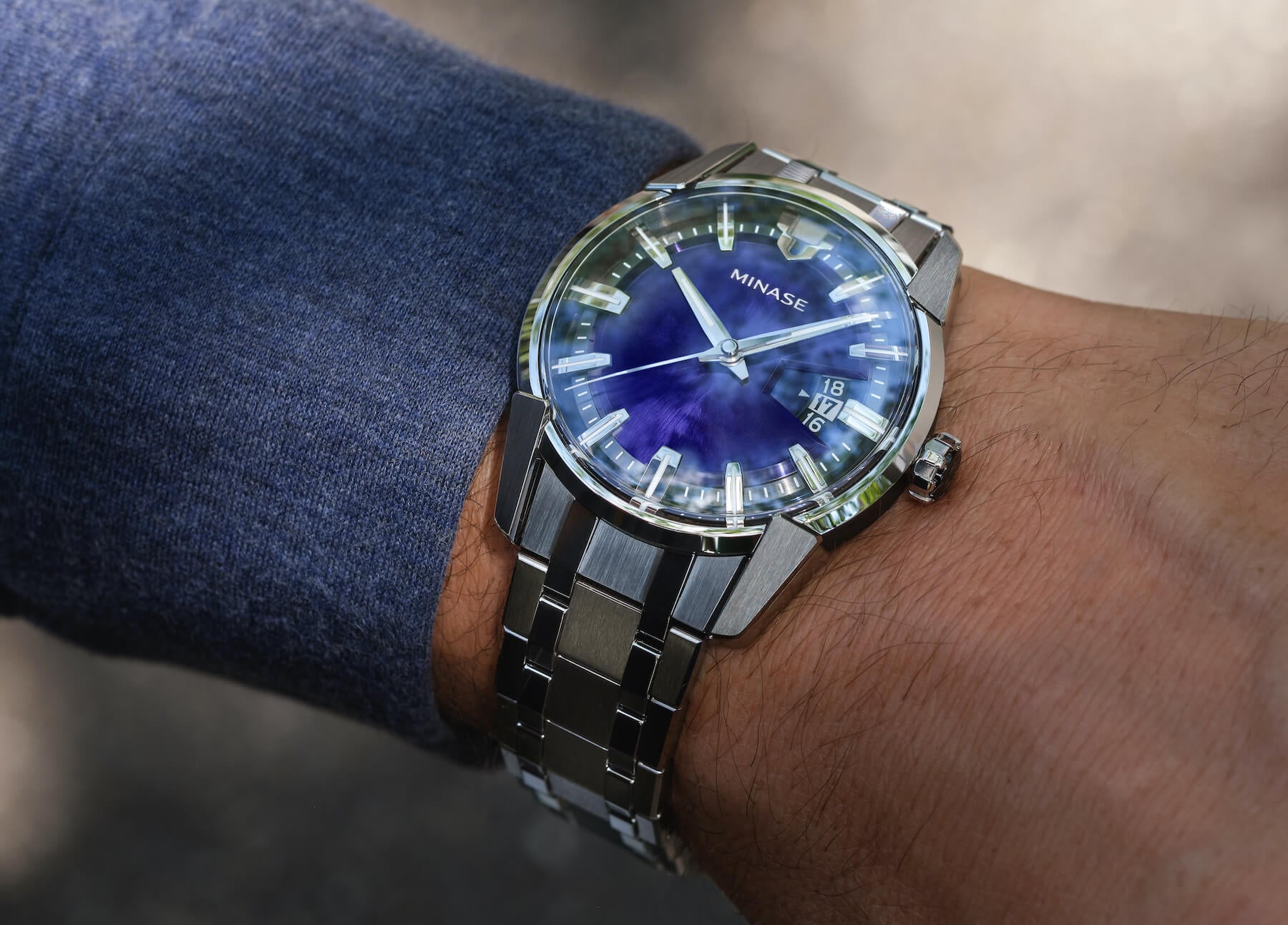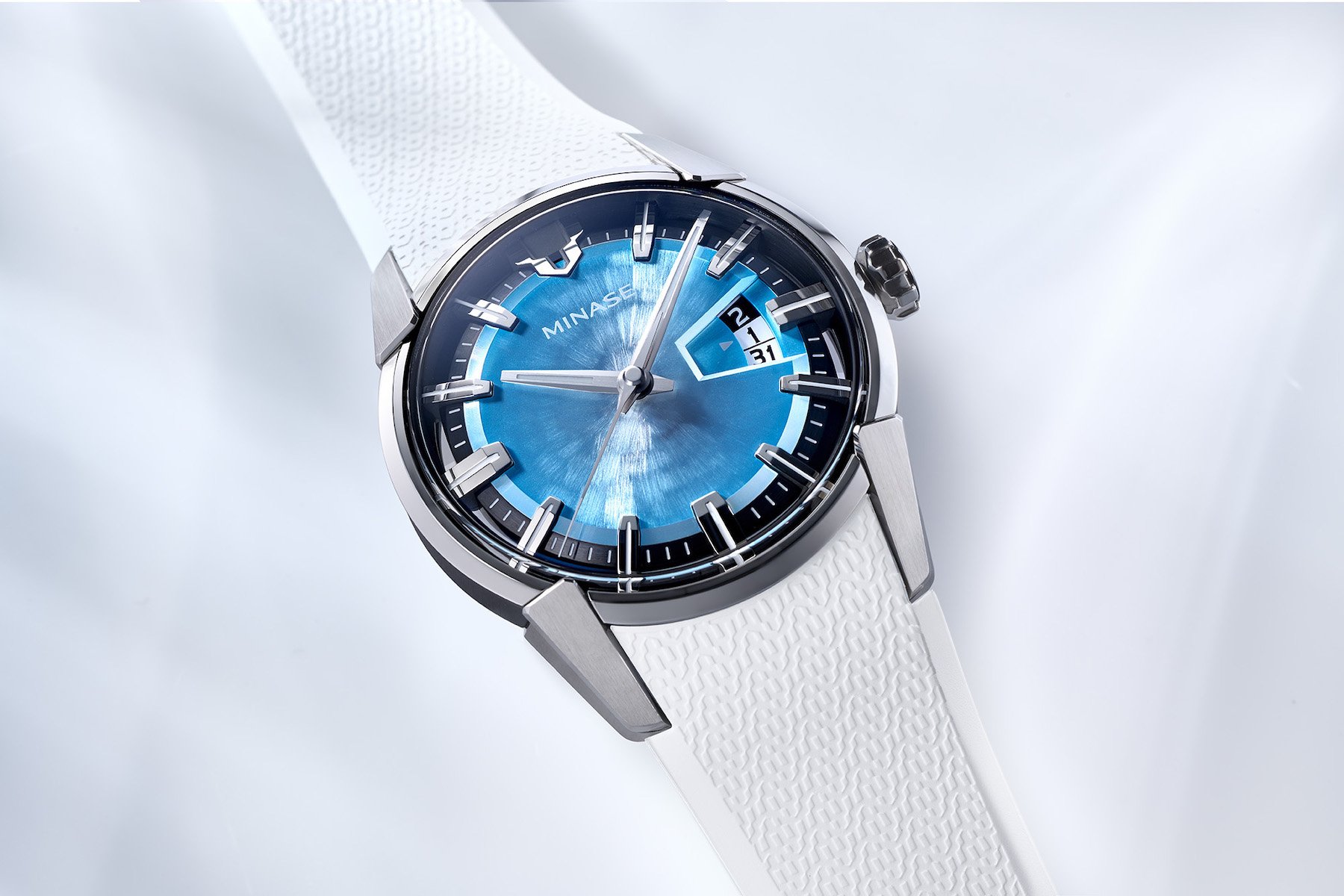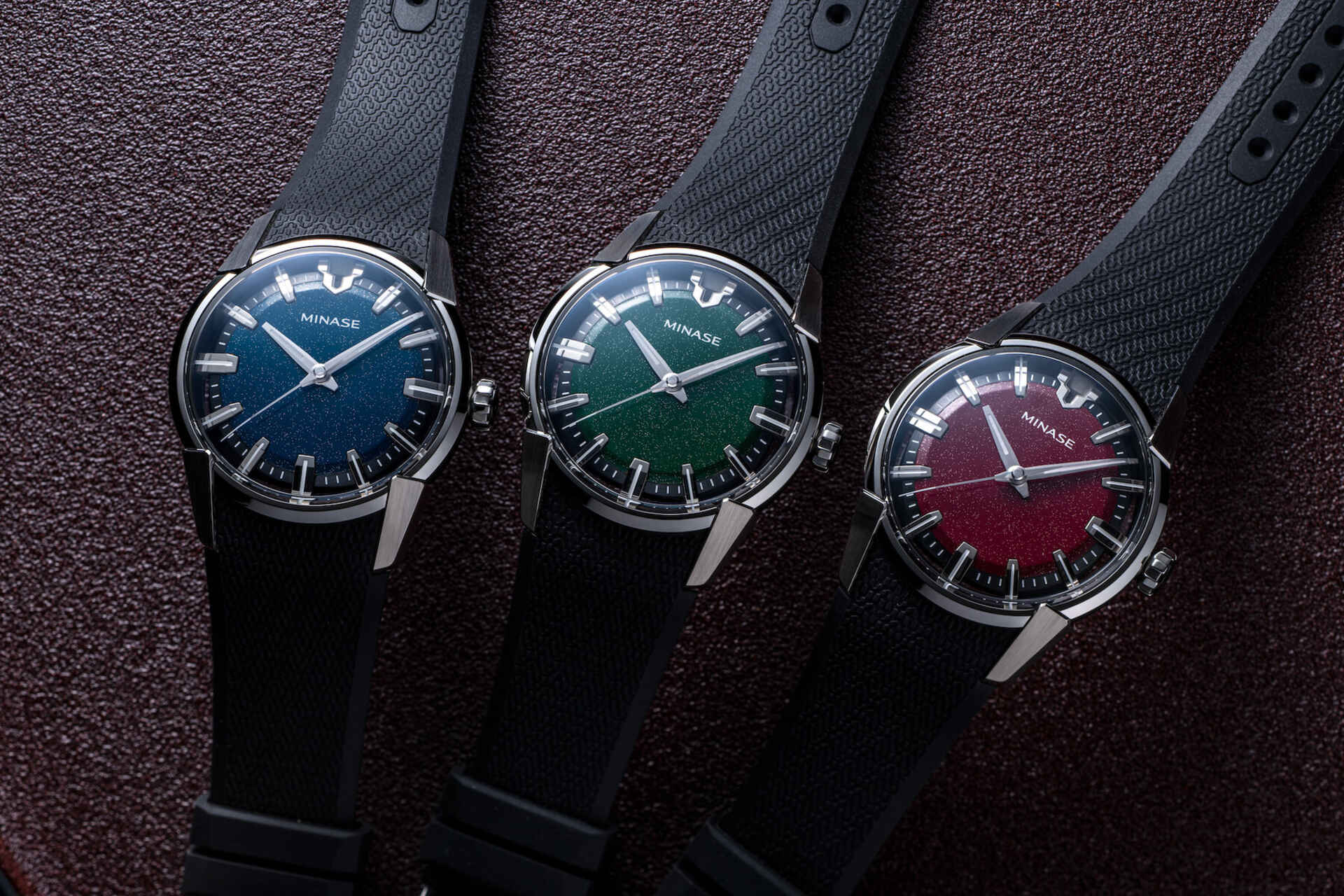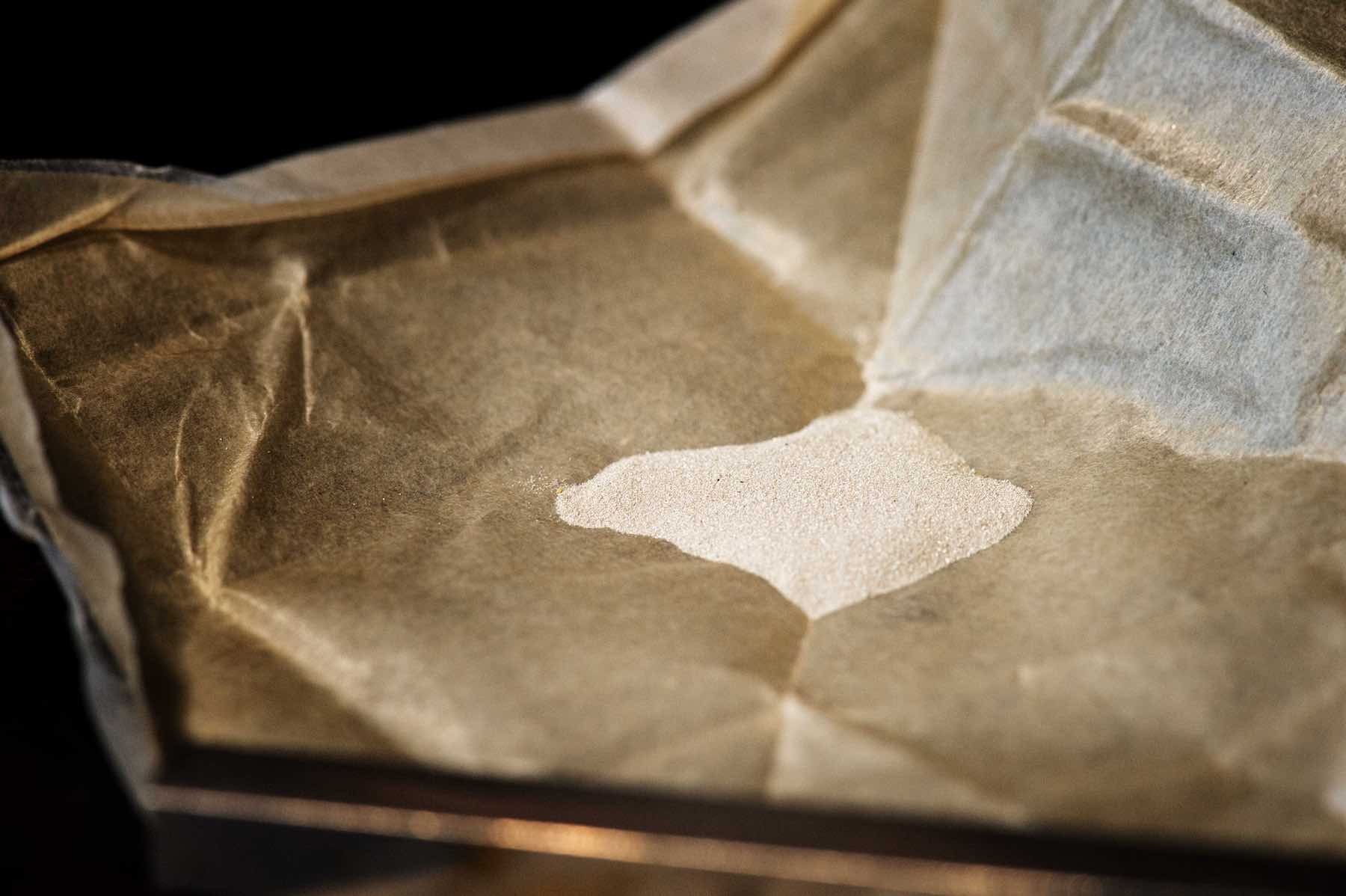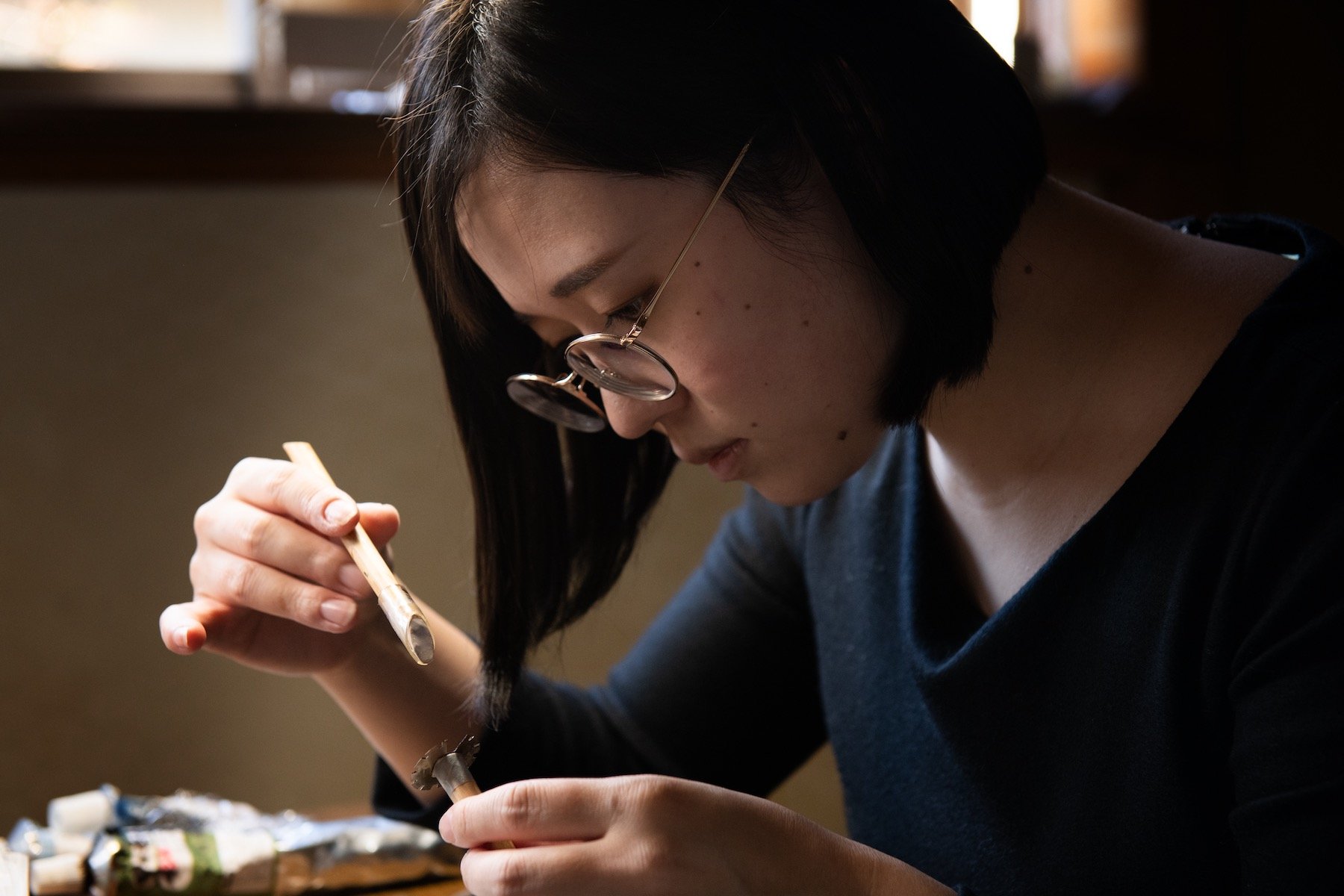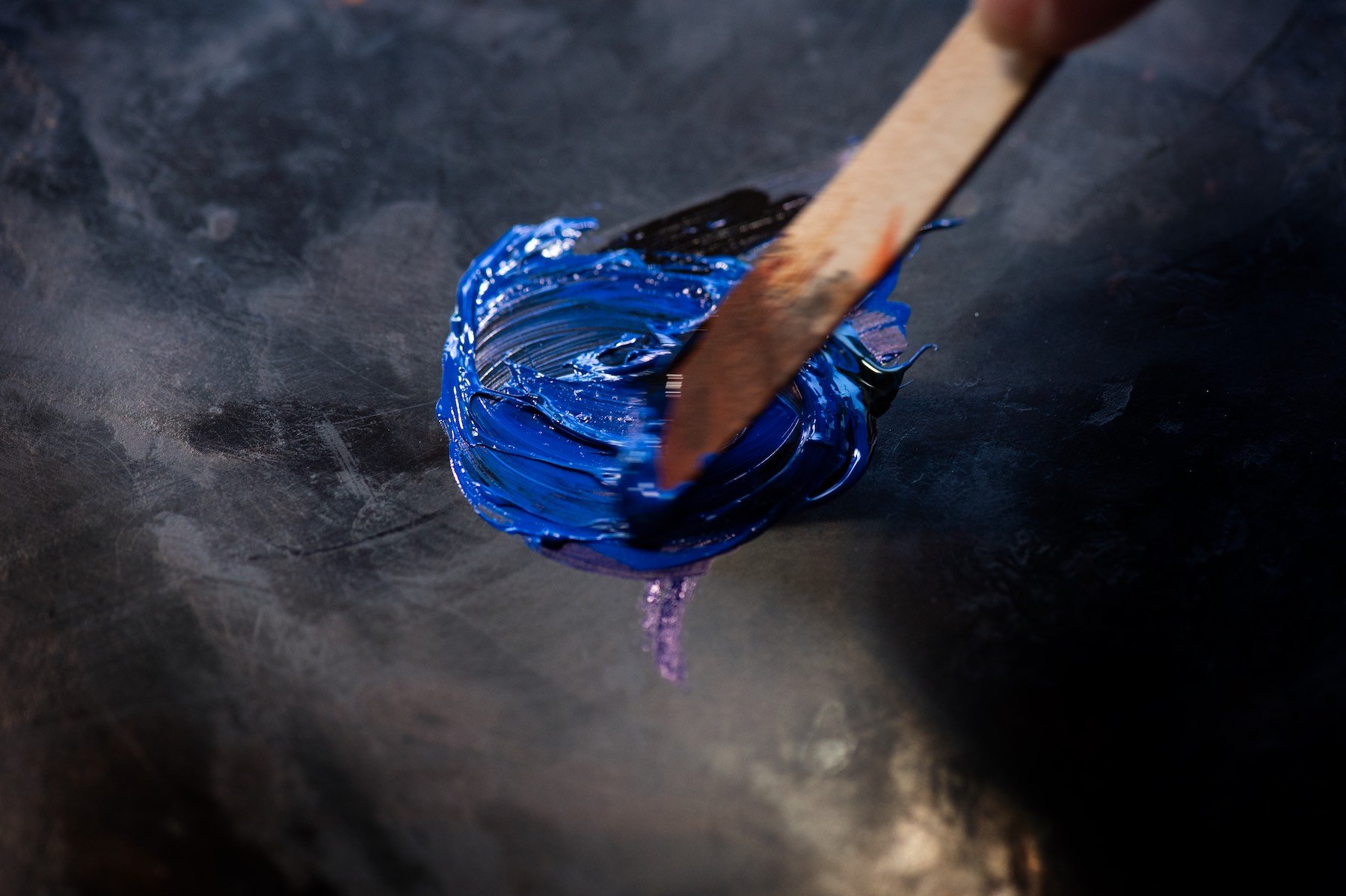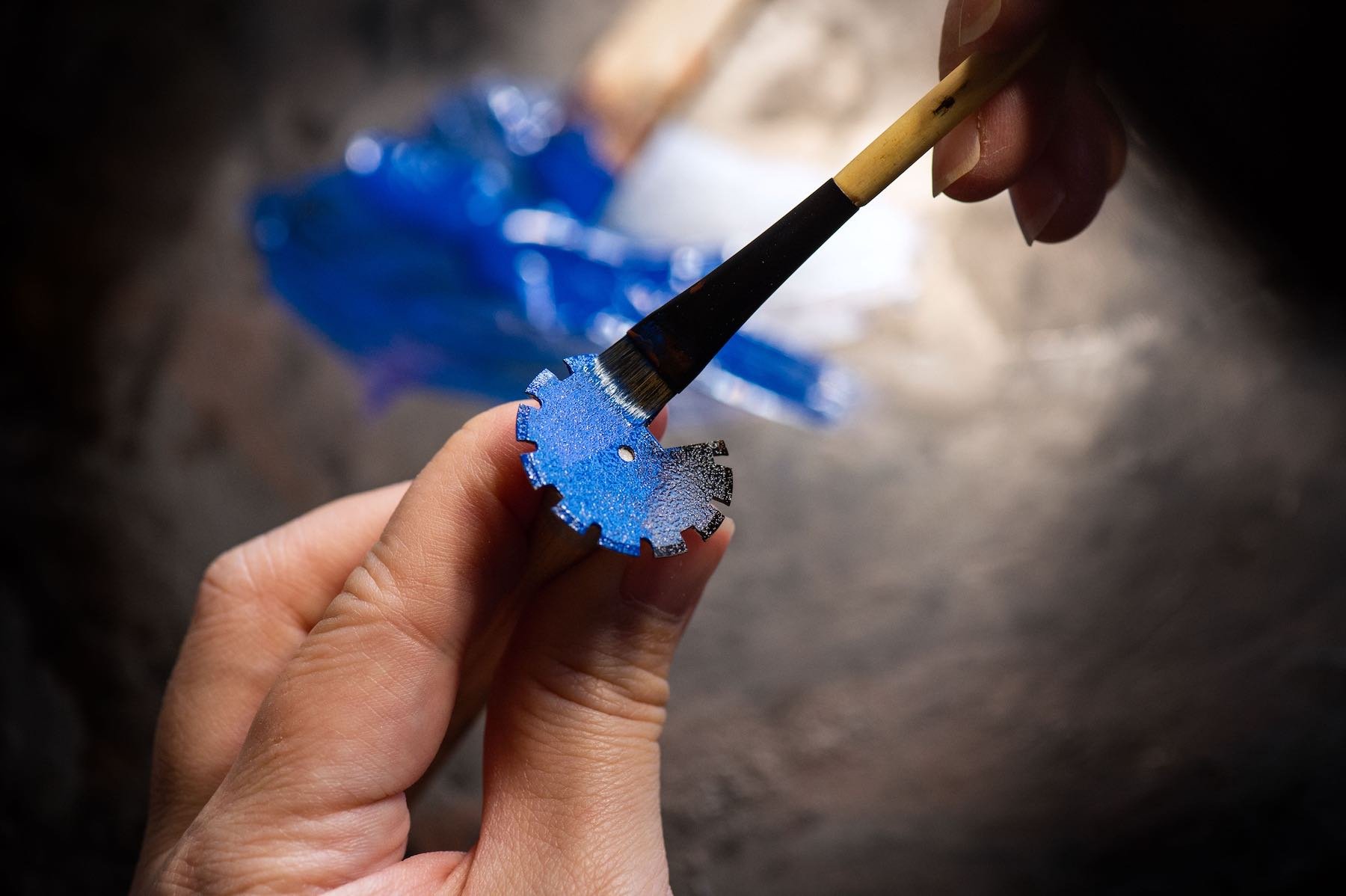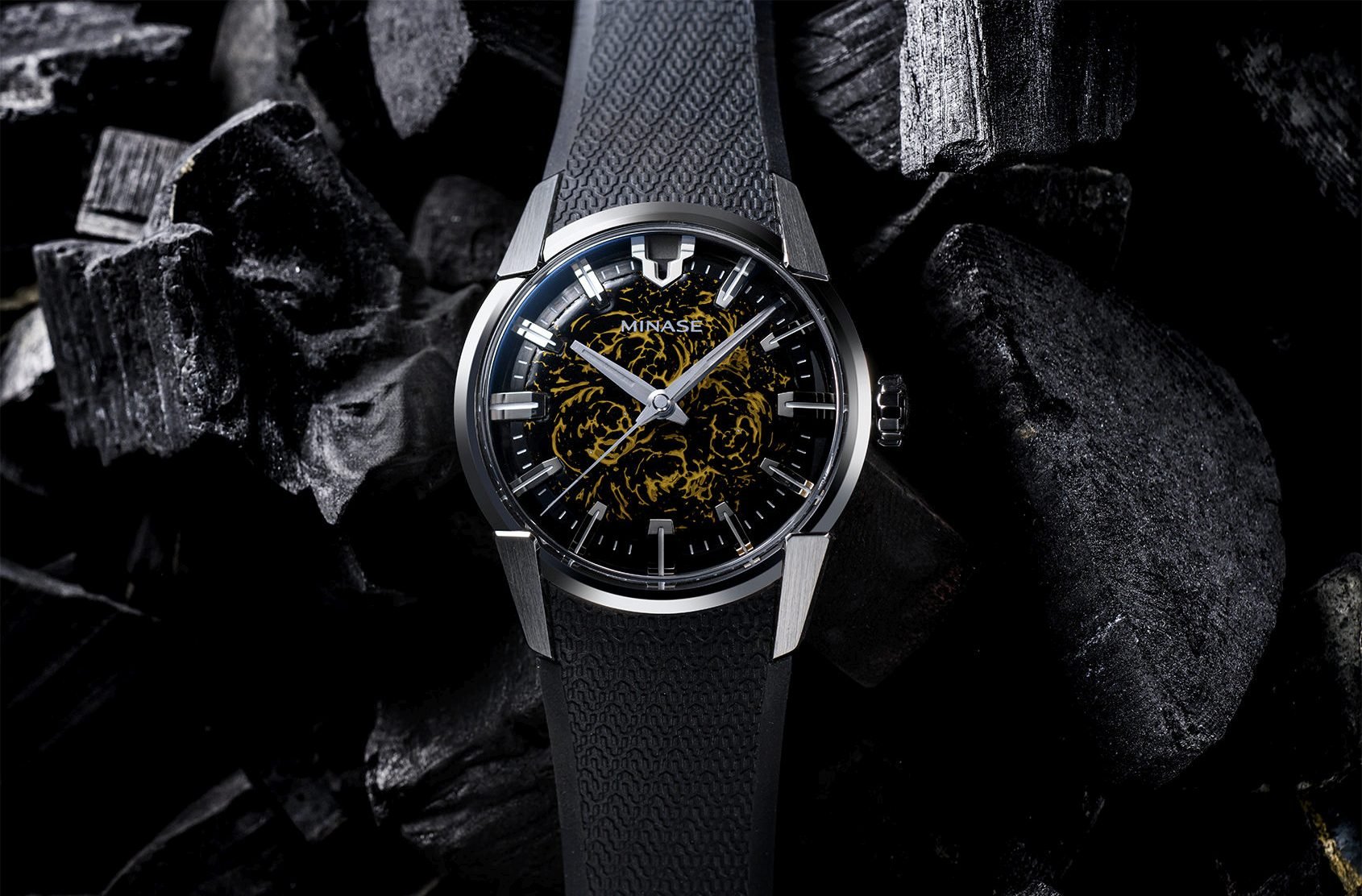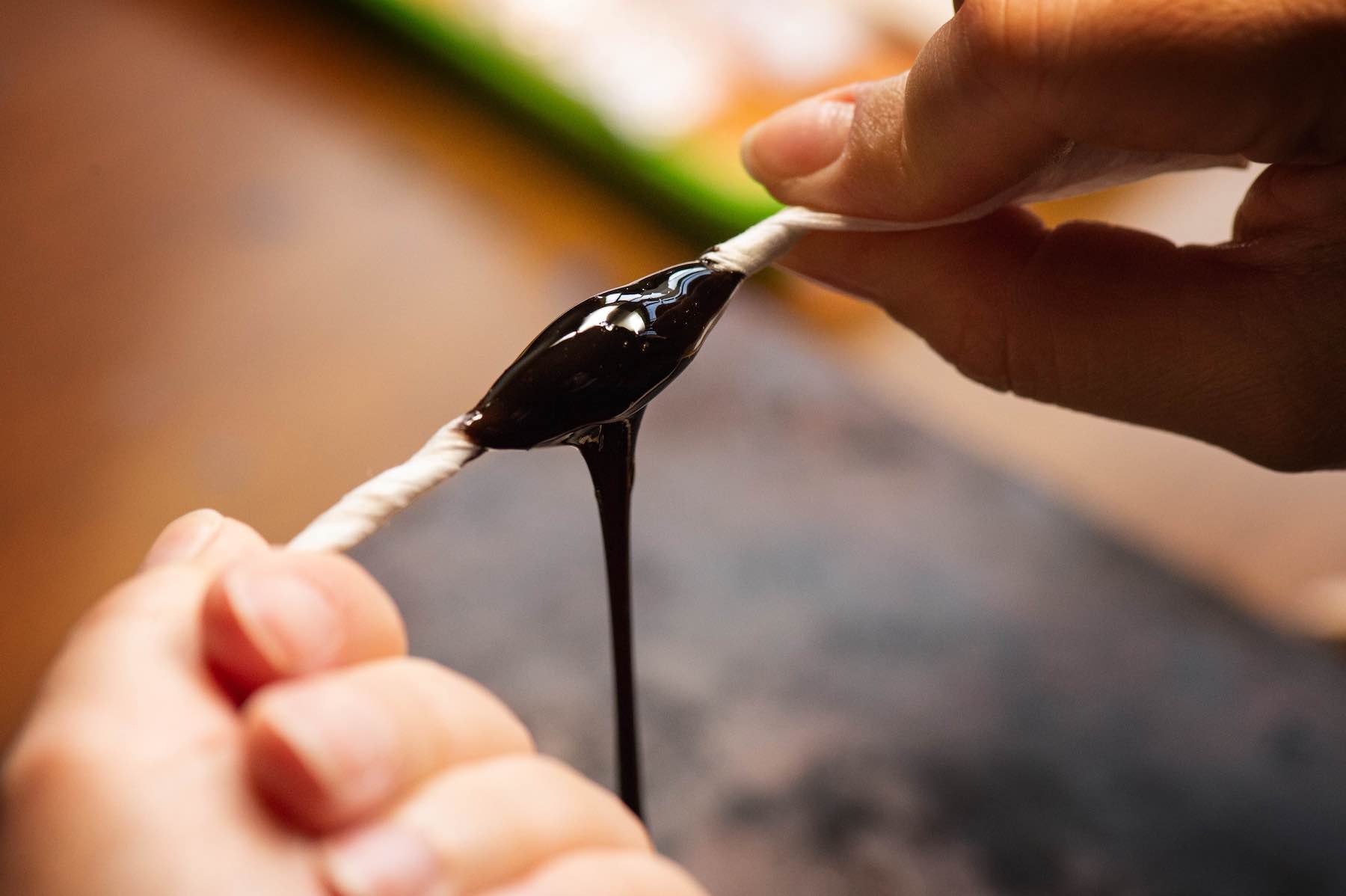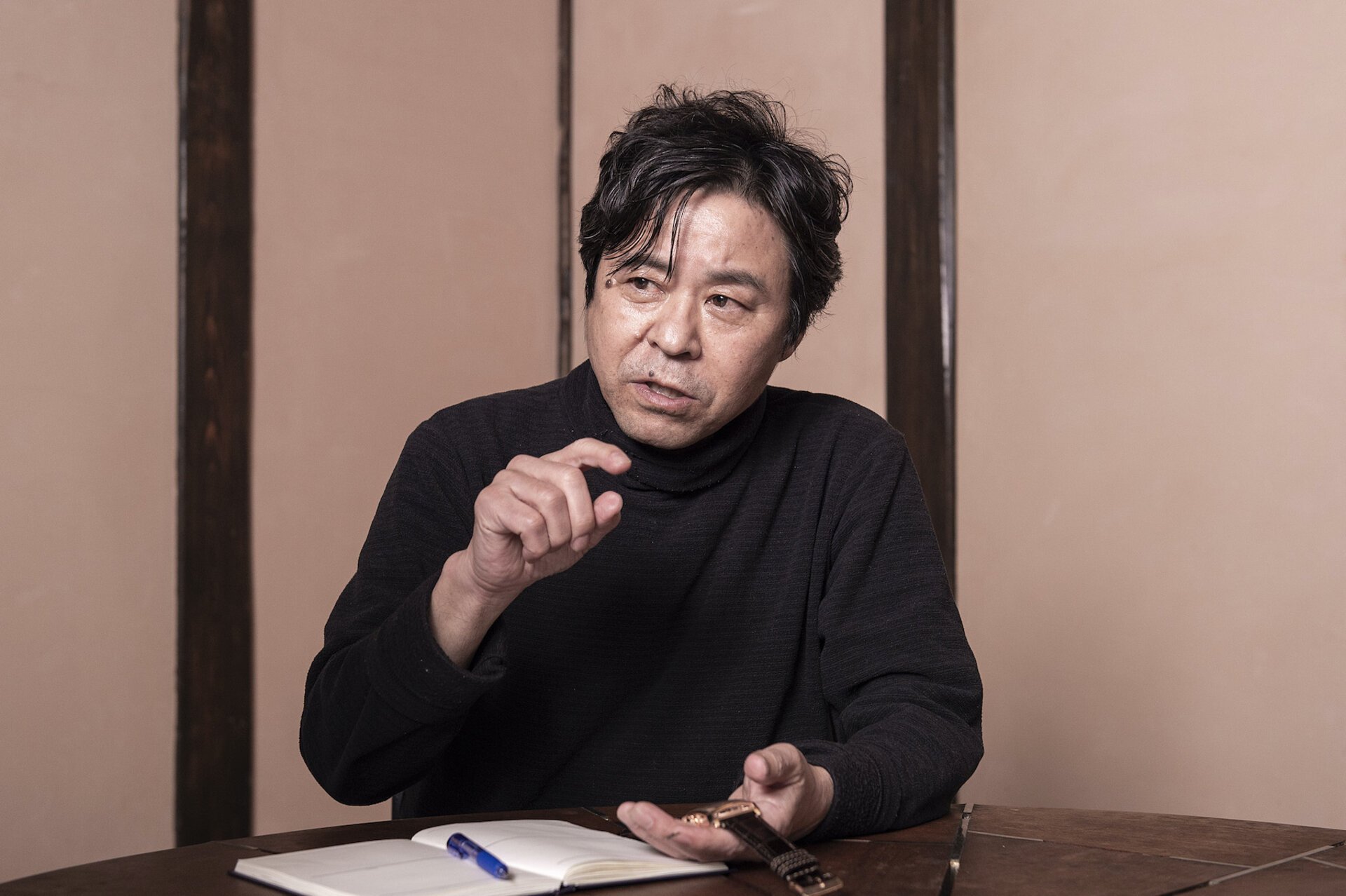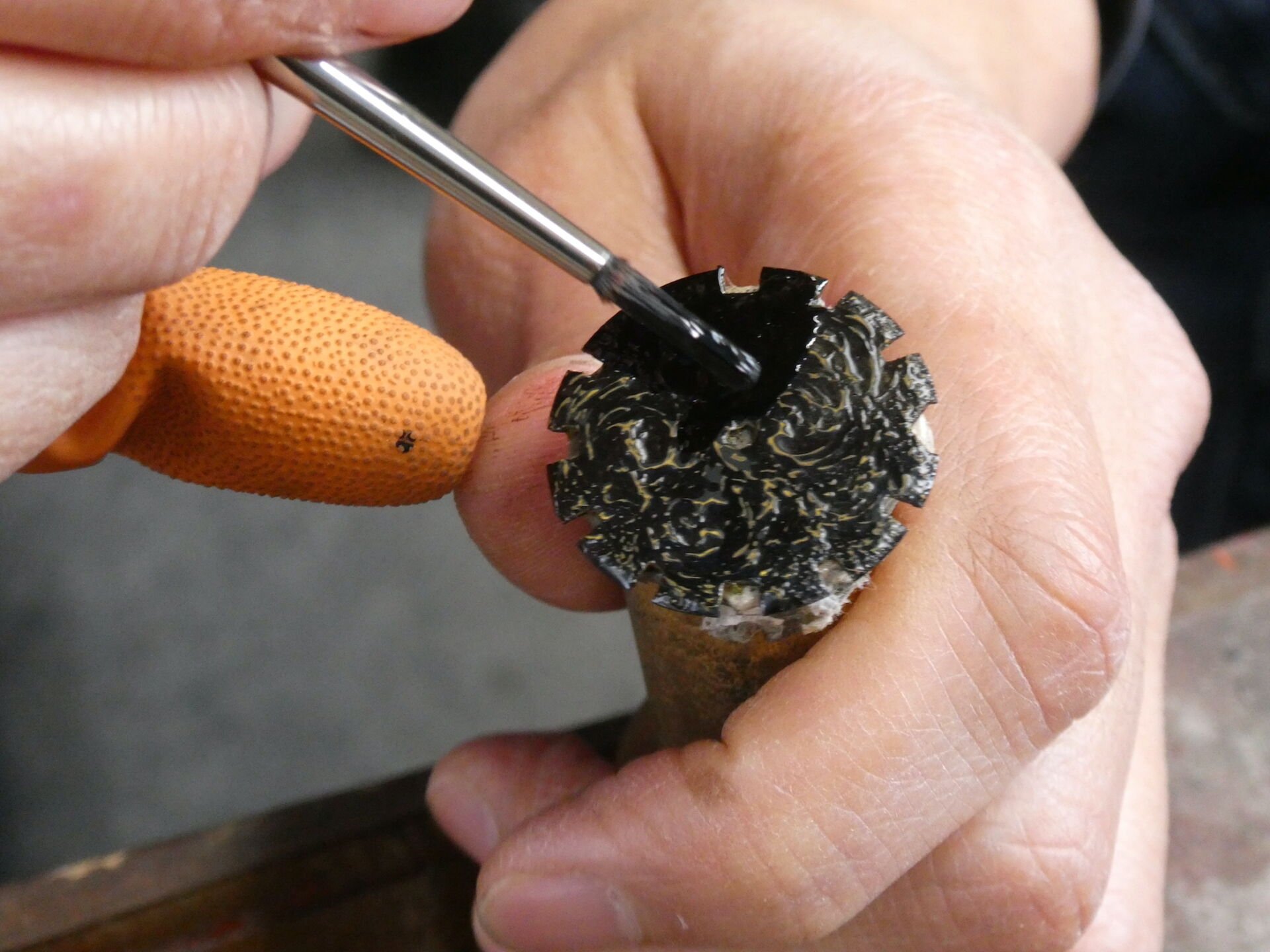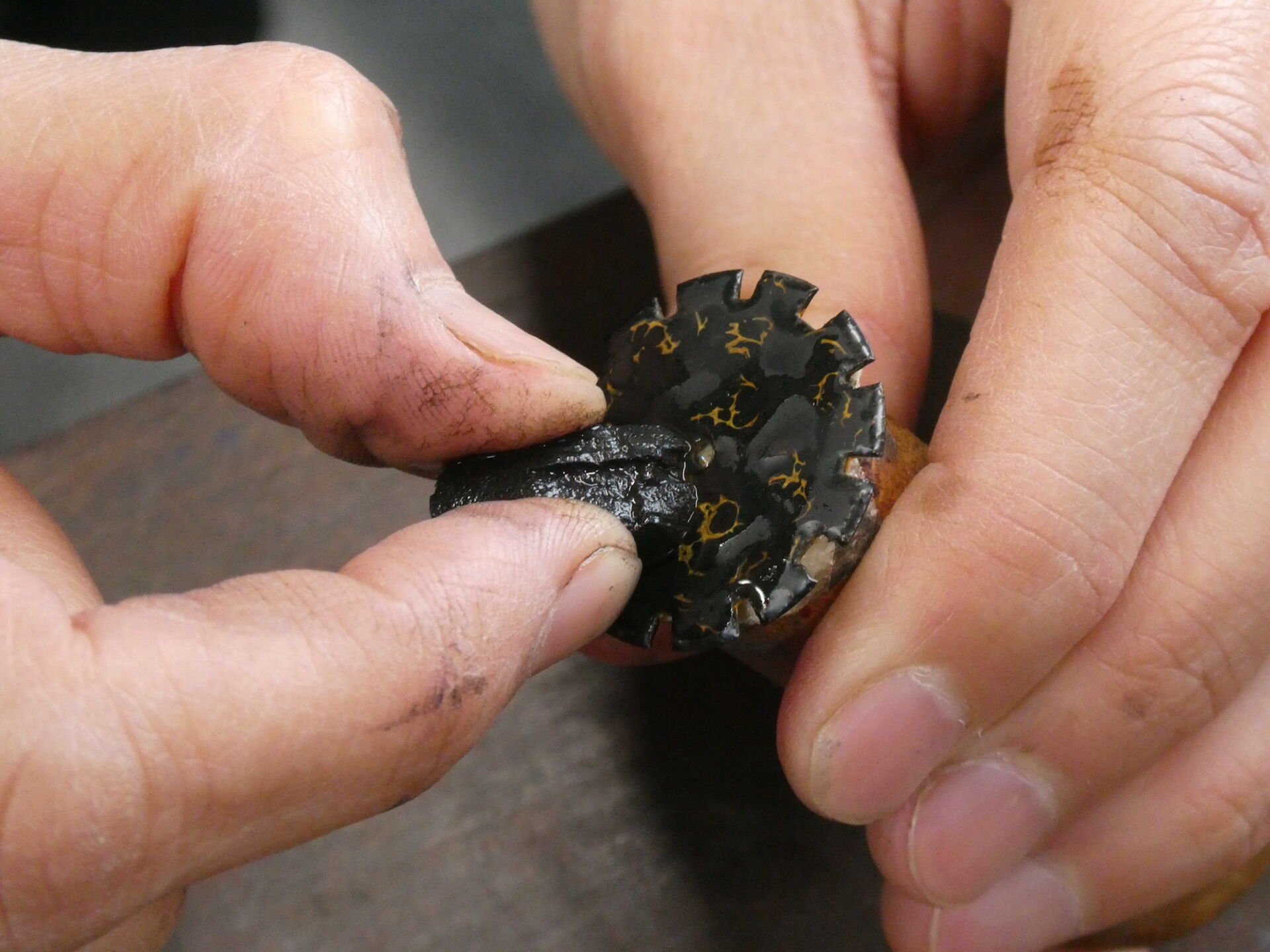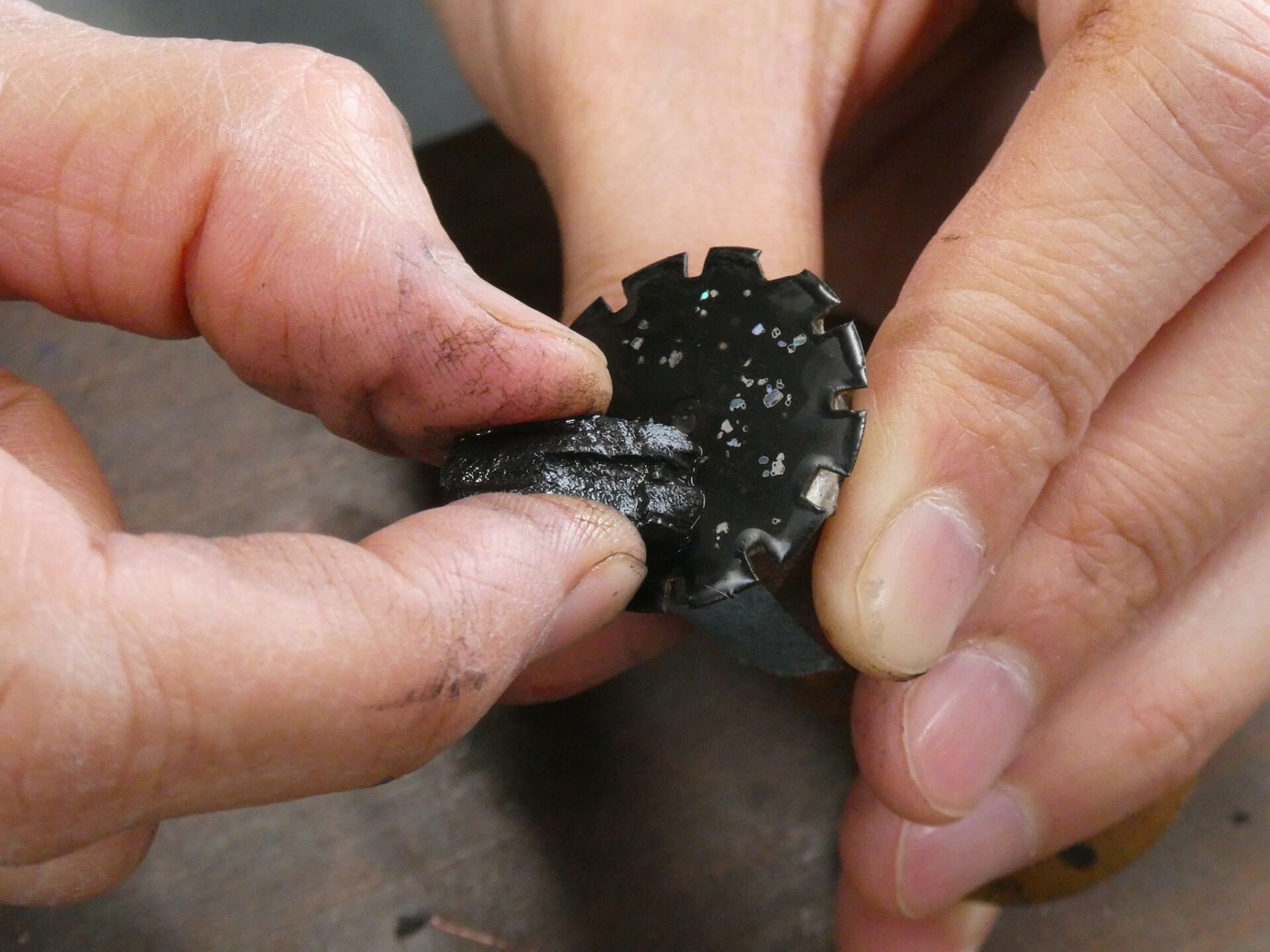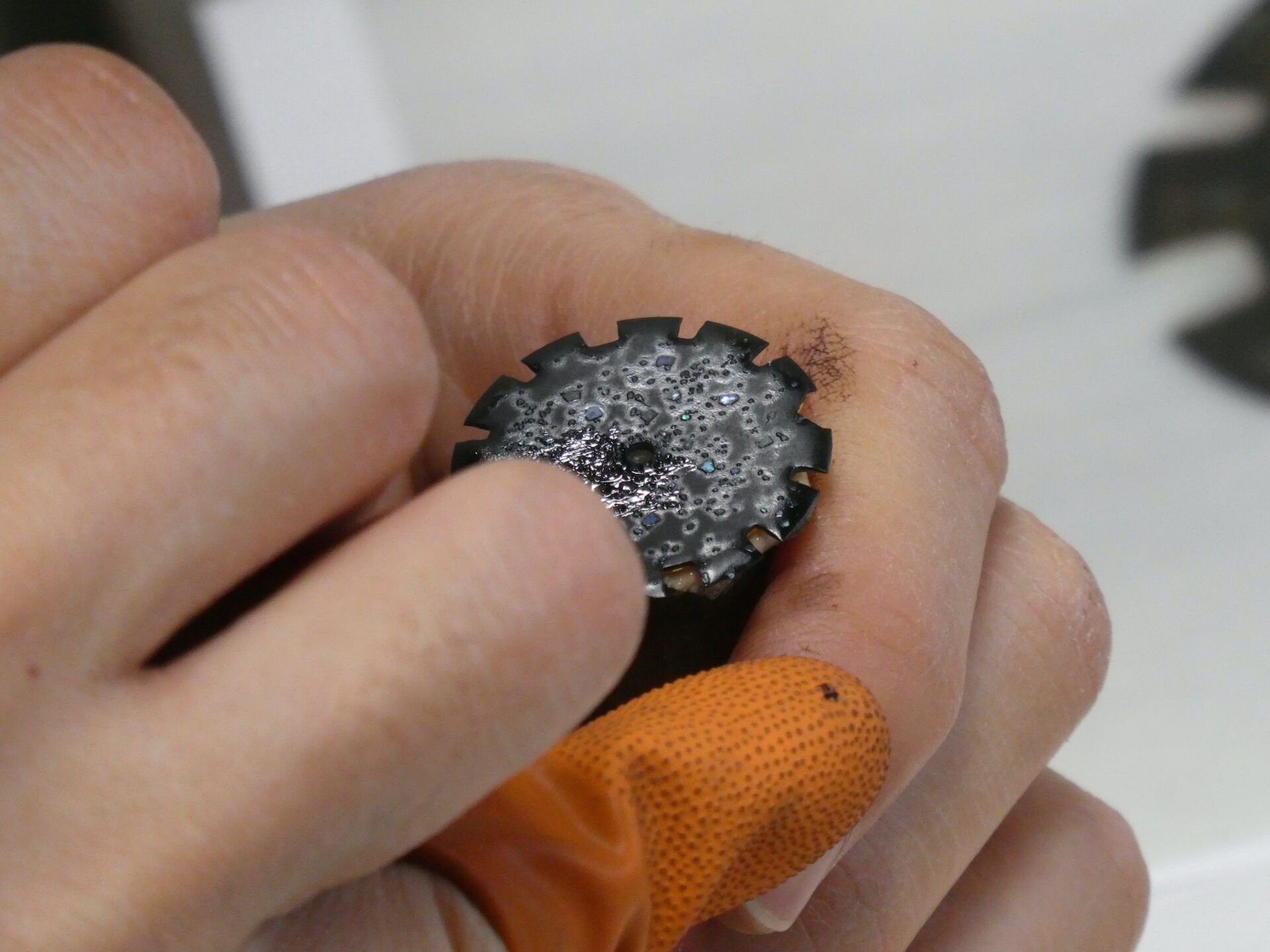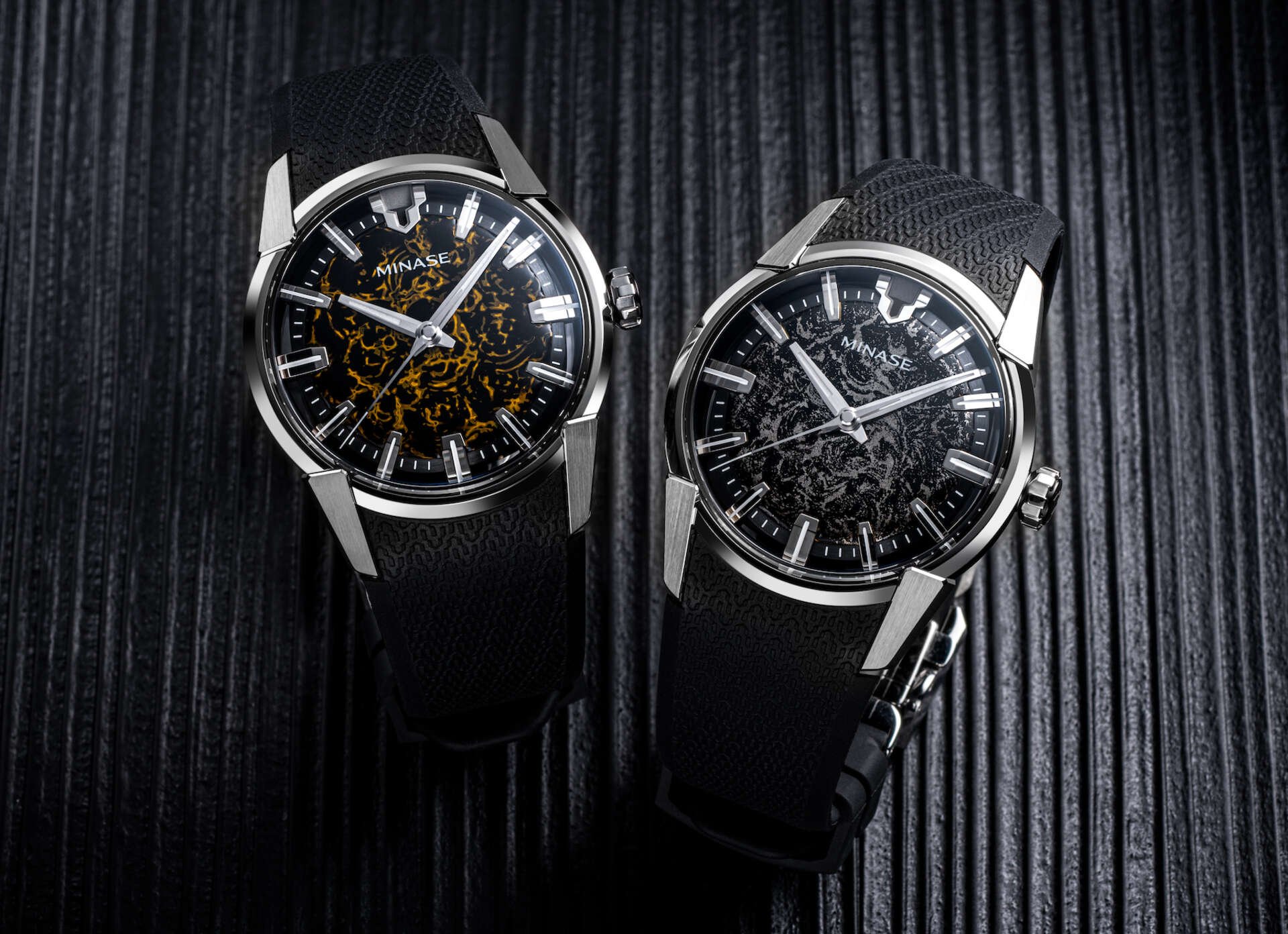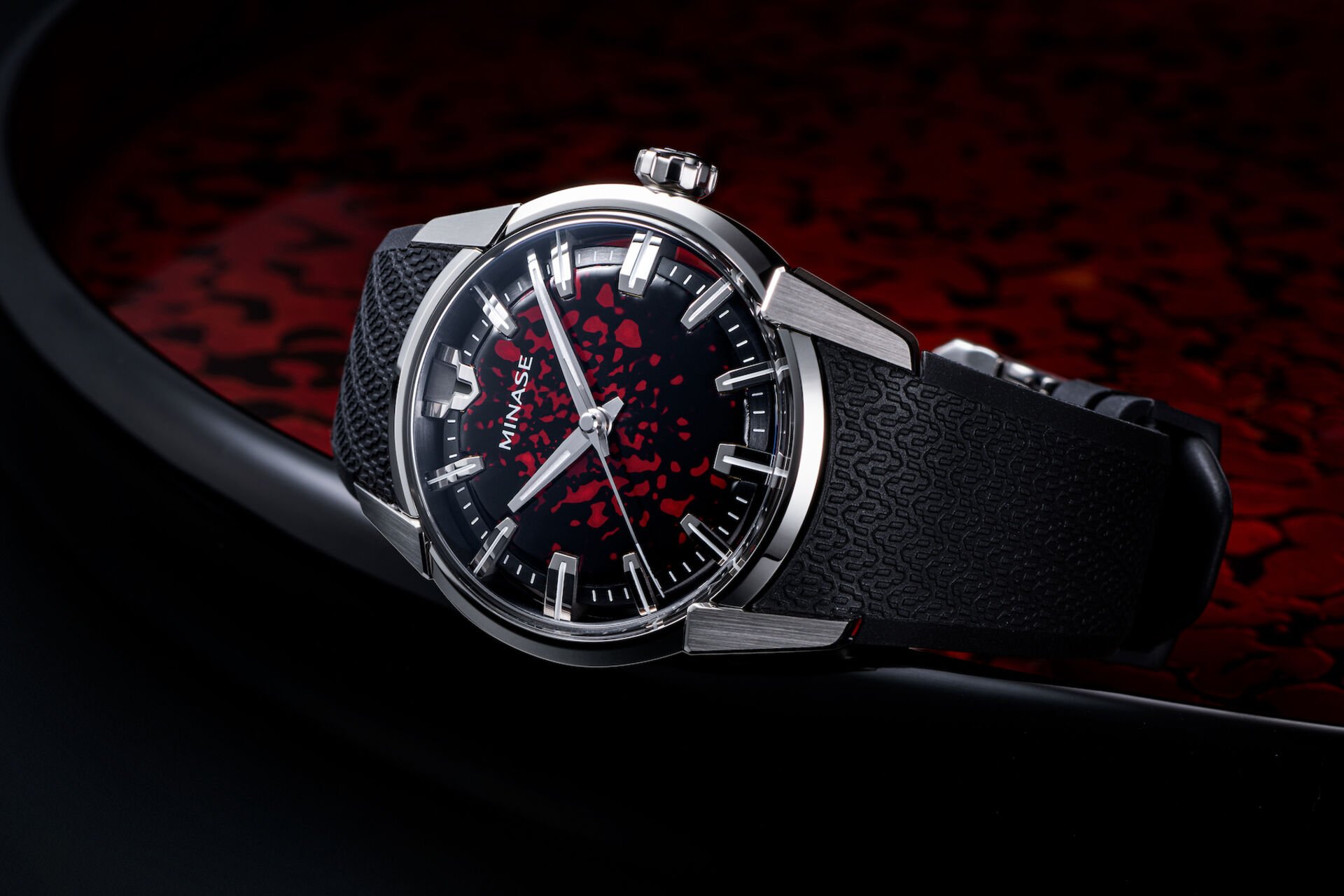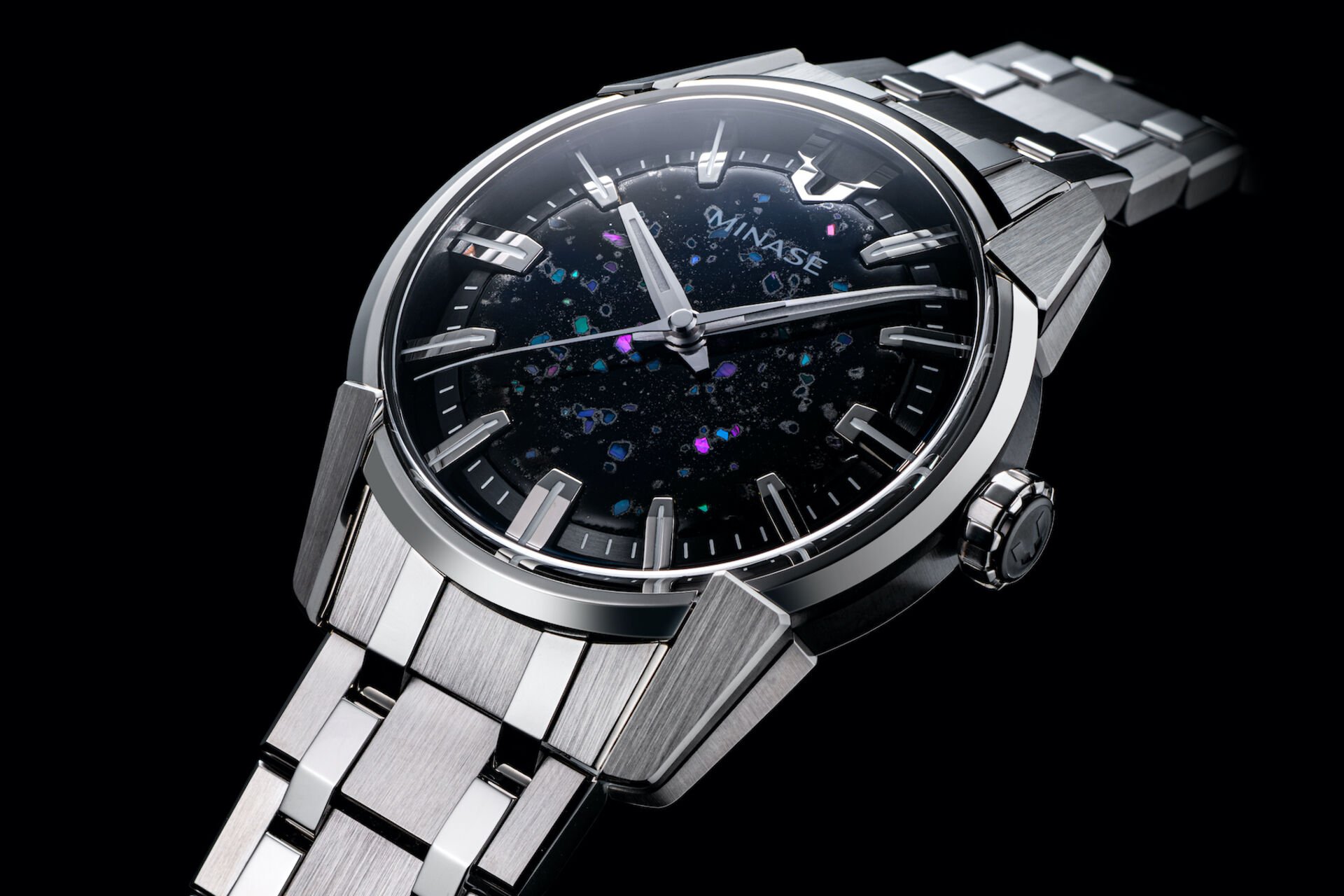The Three Lacquer Dial Types Of The Minase Divido 2.0 — Including A Brand-New Ice Blue Version
If you are a Fratello regular, you should need no introduction to Minase’s flagship Divido collection. Over the years, different members of the team have weighed in with a unanimous conclusion: the Divido is a (now not-so-hidden) gem. Exceptional casing and finishing aside, the Divido’s dials come in three different styles — plain urushi colors, gold-dust urushi maki-e, and hand-painted shibo-urushi. The Japanese independent brand’s latest introduction is a new color for the collection, the Divido 2.0 Ice Blue.
Three urushi dial types
How do the three dial types differ? Although they use the same urushi material, it’s the techniques to apply them that set them apart and produce different aesthetics. And what is urushi? Urushi is traditional Japanese lacquer. It is a deluxe material used in many facets of Japanese arts and crafts for thousands of years.
Japanese lacquer
The lacquer comes from the sap of the urushi tree (toxicodendron vernicifluum) that grows in East Asia. Raw urushi is highly poisonous to the touch. Therefore, it requires extreme care and several detoxification treatments to harvest the resin. Such complexity means that urushi is not the most forgiving substance to work with and can only be produced in small quantities. This ancient material has remained highly prized due to its alluring finish and durability.
After blending and straining, the colored urushi goes on to a Divido copper dial with a brush. Minase uses old-school urushi brushes made out of human hair because the texture is perfect. It is hard to find this kind of brush today even among traditional artisans, who mostly use brushes made of mice or cats’ hair.
As the urushi hardens, it absorbs moisture from the air, which makes the dial perpetually shiny and slick. Although the dial is already protected by a watch case, urushi itself can withstand erosion from water, acids, alcohol, and changes in temperature.
The Divido 2.0 collection
Urushi is a prominent theme in Minase’s line-up. And of course, if you are unfamiliar with Minase or the Divido, you should click on the links and refer back to some of our previous articles. Otherwise, since the newly-launched Divido 2.0 Ice Blue belongs to the plain urushi range (out of the three mentioned above), let us start with that.
Regular lacquered dials
Divido dials display great intensity and depth of colors. It is because each copper dial surface is hammered and painted in urushi with Japanese artisanal techniques. These lacquered dials take inspiration from the principle of Suiboku-ga, or “ink wash painting”, which creates a gradient from light to dark in a single color, usually monochrome. Minase borrows several principles from Suiboku-ga — ink dilution, brush positions, depth of stroke, line thickness, and color sharpness — and applies them to the use of urushi instead. The result is a spectacular play of shadows in different lacquer colors.
Divido 2.0 Ice Blue
Last year’s Fratello × Minase Divido Limited Editon had a single-color dial done exactly in this way. At that time, it was the first blue version added to the regular urushi range. You can read all about its design inspirations here. Following the overwhelming reception, Minase is back with a variation in a cooler hue, Ice Blue. In terms of technical specifications, all remain the same as the other Divido 2.0 plain-colored versions. The price is also the same at CHF 5,250 for the bracelet option. Alternatively, to complete the ice-cool look, the Divido 2.0 Ice Blue is available with a white rubber strap for the price of CHF 4,120. If you prefer a black rubber strap, the option is there too. To learn more about all the details of this watch, see it on Minase’s website here.
Urushi maki-e dials
Another level up in terms of decoration is the Divido gold-dust urushi dial. The gold-dust shimmer on the urushi dial is the result of an ancient lacquer decoration technique called maki-e, which literally means “sprinkled picture”. In Japanese lacquer art, some of the finest pieces are embellished with maki-e. It is a delicate craft of sprinkling the lacquer with tiny particles of metal, sometimes gold or silver like the Divido dials.
A maki-e master
Minase employs this craft on the Divido dials and collaborates with urushi master Megumi Shimamoto to create these stunning works of art. Shimamoto is one of the very few urushi masters remaining today who can perform this thousand-year-old technique. She uses one of the simplest methods by using bamboo tubes and small brushes to apply maki-e on a plain urushi dial. It takes her numerous hours to create just one single dial.
A time-consuming craft
For the urushi maki-e dials, Shimamoto must sprinkle the gold or silver powder perfectly before the lacquer dries and set the look. She then applies a mixture of color pigment and clear urushi to seal it off. Once the first layer of maki-e urushi is dry, she repeats the same process for every layer on top. As you can imagine, making a urushi maki-e dial demands extreme patience because it requires careful application of several layers and it can take weeks to dry each layer.
After the maki-e process is complete, the dial is polished several times to allow the gold or silver dust to shine through. It will then go under the sun for the dial color to settle into its final natural shade. For the Divido 2.0 Urushi Maki-e range, Minase has created three color variants, blue, red, and green.
Shibo-Urushi dials
Last but not least, Minase honors one of Japan’s most exquisite arts with the Divido 2.0 Shibo-Urushi range. Shibo-urushi, like urushi maki-e, uses the same beautiful and traditional urushi craft as a base. But instead of painting regular urushi on the dial, the material is mixed with color pigment(s) and egg white. This shibo-urushi mix has a viscous consistency which allows the artist to play with the patterns of the colors.
Horological art
For the shibo-urushi dials, Minase teams up with one of the most internationally acclaimed Japanese lacquer masters, Junichi Hakose. Minase dials are the first horological artworks that Hakose has produced. We have covered the processes through which Hakose created the dials of the Shibo-Urushi range in this article. He first applies the shibo-urushi to the copper dial with a traditional human-hair brush. He then develops the patterns by grinding out the color, sprinkling tin powder, or encrusting luminous shells on the dials.
The four themes
After that, he applies shibo-urushi on top and polishes each dial. As the lacquer hardens, it absorbs moisture from the air, which makes the dial perpetually shiny and slick. And the expression of the dial varies depending on how the polishing is done. As each piece is individually handcrafted by the master himself, no two shibo-urushi dials are the same. The four different dial themes in the Divido 2.0 Shibo-Urushi collection are Sky of Shells, Scarlet Illusion, Golden Flux, and Metallic Haze.
For more information on the urushi dial art of the Divido line, visit Minase’s official website.

